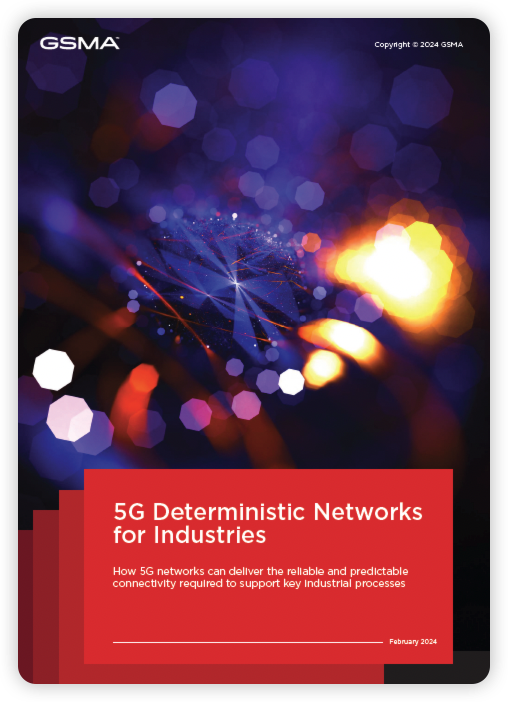5G Deterministic Network Whitepaper
Pilots in steel automobile manufacturing, warehouse logistics and port operations in China have demonstrated the potential of various 5G deterministic technologies working in tandem to realise major business benefits. For example, the combination of time division duplex (TDD) spectrum, 5G LAN, network and service collaboration (NSC) and frame replication and elimination for reliability (FRER) has enabled a 5G deterministic network to deliver 586 Mbps uplink bandwidth and a latency of 4ms at 99.999% reliability to support key processes in a steel rolling plant. By utilising the 5G network to remotely control overhead cranes and automated guided vehicles (AGVs), the number of on-site personnel can be lowered by 65%. With the 5G network transmitting the 4K video required to support AI-based quality inspections of steel surfaces, the defect detection rate reaches 90%, and production capacity loss is reduced by 92%, helping to achieve greenhouse gas emissions goals, as well as lower costs.
However, at present, the integration of 5G deterministic networks into vertical industries is still at the exploration stage. Key challenges include the diversity of requirements, protocol compatibility issues, 5G technology and industry maturity, and business model maturity. Moreover, the selection of key deterministic technologies must consider the trilemma of reliability, latency and radio resource trade-offs.
This paper proposes the merger of the protocols and mechanisms of 5G and industrial sectors to realise the integration of communication technology (CT) with information technology (IT) and operational technology (OT). As a result, 5G deterministic networks will further deepen the core production links of vertical industries to build successful models that can be copied and generalised to other industries, promoting the digital transformation process.
